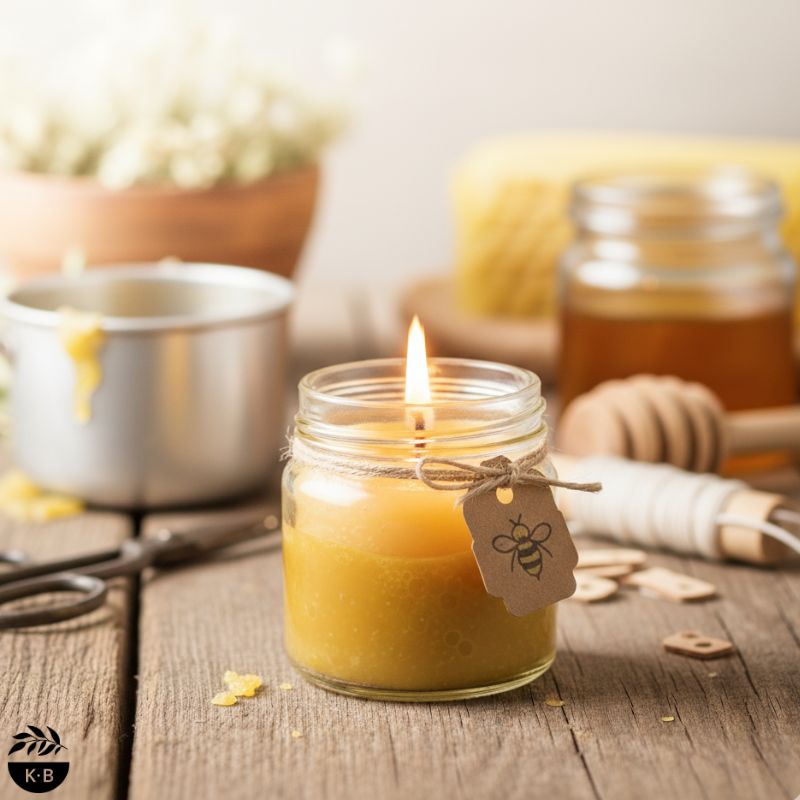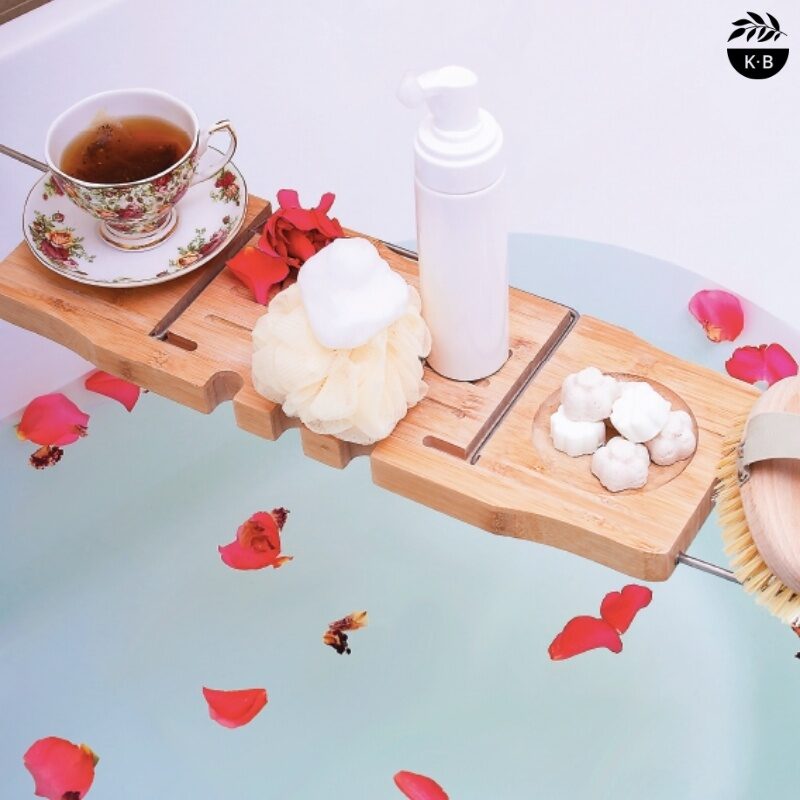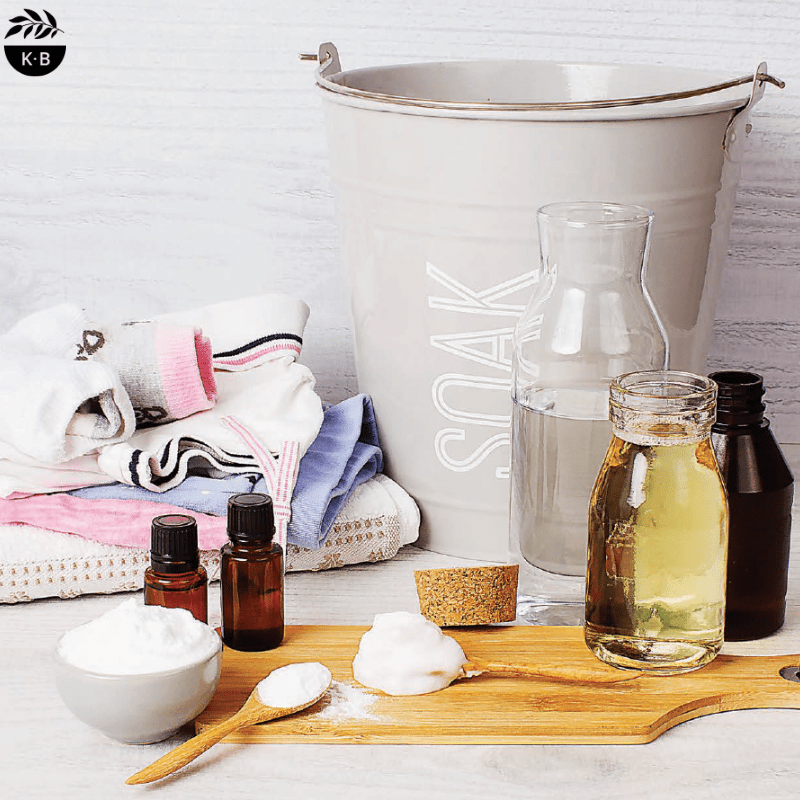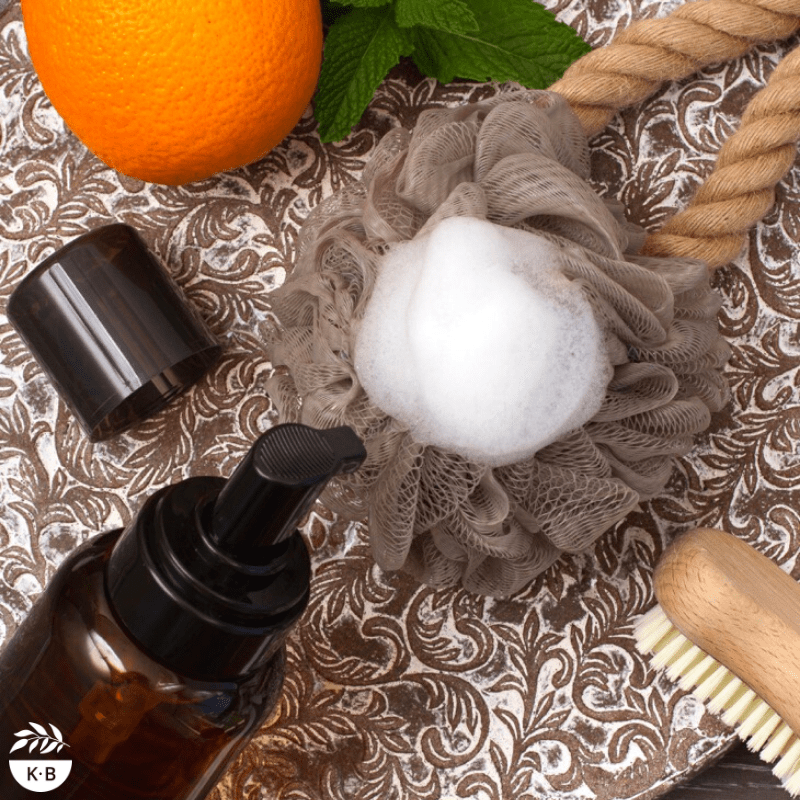DIY natural sunscreen gets people talking… In my opinion, the commercial stuff should get people talking more… Hopefully one day…
This natural sunscreen formula has been tested on my family and many of my friends, and many of my workshop attendees have boasted about how effective it is. I feel 100% comfortable using this formula on myself, hubby and the kids, but I also use common sense. Most of us have that, yeah? Do your research. There are so many warnings out there when using homemade natural sunscreen, and I understand why – it’s serious business. But, I’ve done my research, and for me, weighing up the negative effects of the chemicals used in commercial sunscreens, and the potential ineffectiveness of homemade natural sunscreens, it’s an easy choice.
Still, this recipe comes with a disclaimer: DO NOT use a homemade sunscreen unless you are 100% comfortable with the idea.
It is your choice and you’re responsible for your own sun safety. This might surprise you, but the best UV protection practice you can adopt is avoidance.
That means covering up with long sleeves, hats and sunnies, and limiting your time in the sun during peak hours. By consuming a diet of fresh food, rich in antioxidants and good fats, such as avocados, coconut oil, berries, dark chocolate, leafy greens, fish etc., you may positively influence your risk of sunburn from the inside out.
When I need to wear sunscreen, or apply it on my children, because covering up is not an option, I opt for the natural DIY version. The active ingredient is zinc oxide, which is rated as one of the best and safest defences against UVA and UVB rays. It works by scattering, reflecting and absorbing UV rays, protecting skin.
Take great care when working with zinc oxide, only purchase non-nano particles, and be careful not to inhale it. It is the zinc oxide that gives skin a bit of a ghostly white appearance. Before you go running, that is what you want for the best chance of UV protection. When my son, Lucas, calls himself Mr White Guy, I’m a happy mumma!
Of course, you need to be extra cautious when using DIY natural sunscreen. There are so many variables and you won’t be able to control them all. Making sure you apply a sufficient amount (1 teaspoon for face, head and neck; 1 teaspoon for each arm and leg etc.) is important, as is reapplying every one to two hours (especially when swimming). I can’t guarantee the SPF of these sunscreen recipes, although I estimate it to be approximately SPF 15. In your kitchen, that outcome may vary. Just be sure to mix the sunscreen really well to distribute the zinc oxide.
For more information about some of the nasty ingredients hiding in many mainstream sunscreen tubes, check out EWG.org and brace yourself.
One of the hideous chemicals you must read about is oxybenzone; rated 8/10 for toxicity by EWG, it absorbs through the skin in significant amounts. Check this out (from truthinaging.com) – “According to the Environmental Working Group, there are several suspected dangers associated with Oxybenzone. Despite its sun protective abilities, it has been shown to penetrate the skin and cause photo-sensitivity. As a photocarcinogen, it has demonstrated an increase in the production of harmful free radicals and an ability to attack DNA cells; for this reason, it is believed to be a contributing factor in the recent rise of Melanoma cases with sunscreen users. Some studies have shown it to behave similarly to the hormone estrogen, suggesting that it may cause breast cancer. It has also been linked to contact eczema and allergies.” Now that is just one of many chemicals you need to watch out for in sunscreens. Also, watch out for octinoxate and octocrylene.
So, if you want to give this a go, DO IT!! If not, don’t.
Natural Sunscreen Balm
Makes: 265 g Prep time: < 5 min.
Ingredients
- 120 g carrier oil (fractionated coconut oil and sweet almond oil are popular choices)
- 60 g coconut oil (the type that solidifies)
- 25 g shea butter
- 20 g beeswax
- 40 g zinc oxide (non-nano particles)

Method
1. Add carrier oil, coconut oil, shea butter and beeswax to a glass bowl and heat until completely melted, using either a microwave or the double boiler method. (Double boiler method– place bowl on a pot of gently simmering water and stir frequently; Microwave method– heat in short bursts on low, stopping and stirring frequently). Remove from heat.
2. Add zinc oxide and mix until combined.
3. Transfer into a jar or container (with lid).
4. Place into the fridge or freezer to set (this will reduce the chance of graininess developing over time).
5. To ensure even distribution of the zinc oxide, periodically mix the sunscreen while it is setting and again once it has completely set.
After a Tint?
Try adding a teaspoon of either bentonite clay or cocoa/cacao powder to your mixture. It is best added at step 2 when you’re adding the zinc. As your balm starts to set, continue to stir – this ensures your colourant is evenly distributed and doesn’t settle at the bottom. Once fully set and mixed, scoop into jars or tins. You could also use a brown/golden mica.
After a Thinner Consistency?
Simply reduce beeswax to 10 g. Make sure you shake well before every use to distribute the zinc
To Use
Use as you would regular sunscreen, thoroughly covering exposed skin and reapplying every one to two hours, especially after swimming.
Recipe Notes
This sunscreen has NOT been lab tested. This means you need to be careful with your sun exposure and see how this lotion works for you. I am happy to use it on myself and my family, but our skin types may vary to yours so be responsible when trialling this recipe.
Be careful using zinc oxide. I have long arms and hold my breath, but if you’re worried about inhaling it, wear a mask until it is mixed in and no longer loose and floating around.







15 Comments
Does this leave the skin oily, greasy and shiny? Like is it going to be obvious I’ve basically rubbed oil all over me?
Depends what you’re used to. This advice comes from my hints and tips page, hopefully you find it useful. (https://krissyballinger.com.au/blog/diy-recipe-hints-tips-important-info/)
What can I do to make my balm feel less greasy? > Adding one teaspoon of arrowroot flour per 100g of melted balm and mixing well should help. However, the most effective way to reduce that greasy feeling is to use less balm. If you’re new to DIY, you might be used to products that absorb right into your skin, feeling dry almost immediately. We’re not using ingredients that perform this way. Don’t be too heavy-handed.
This looks amazing! Definitely going to try it out, I hate commercial sunscreen!
This is the “best”. Haven’t bought suncream in years since making this. So easy to make, and transports and stores well . Kids are happy to wear it when required as it doesn’t sting or “smell weird” ?
Hey there
I am just wondering what the shelf life of this product is and whether a preservative should be used to pro long shelf life of it not something you think you’ll use quickly x
Hi Sasha, check this link out for info on preservatives and shelf life x
https://krissyballinger.com.au/blog/preservatives-shelf-life-and-safety-information/
Hi, I’m a bee keeper and have loads of spare wax, also spend all our free time at the beach. I’m wanting to make bronze zinc cream for your nose and lips etc.
is this the method you would use or is there another for a thick Bronze zinc cream?? Thanks
How awesome that you have an endless supply of beautiful beeswax! I would use this recipe but increase the beeswax by at least 10-15g to make a firmer cream. You could add cocoa/cacao powder to tint it. Good luck x
Can I add any essential oils for scent?
I have used Aborvitae in the past, and I know others use carrot seed oil. Unless you do a great deal of research on essential oils and sun exposure, it’s best to leave them out.
Is there anything I can add to make the spf higher?
You can add more zinc (and make sure you stir it well once set to distribute the zinc).
Great tip! How much more zinc would you suggest? Double the qty? Thanks in advance 🙂
…oh, and….
will adding more zinc make the product look ‘more white’ when used on the face?
Although you can, I personally wouldn’t add more zinc; if you apply properly and regularly, the suggested amount (in my opinion) is perfect. Adding more zinc will definitely leave the skin white(r).